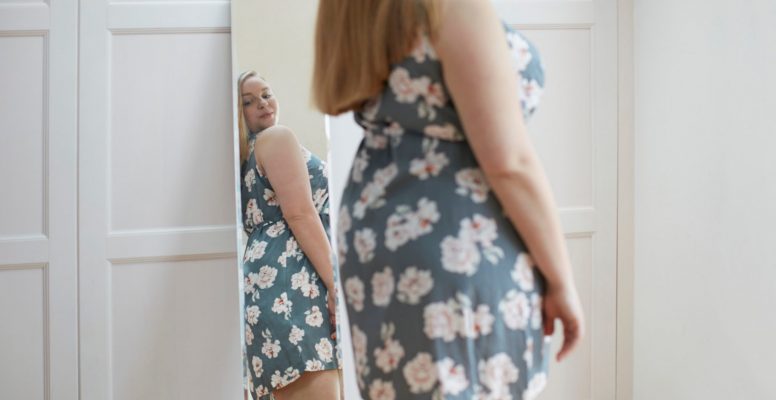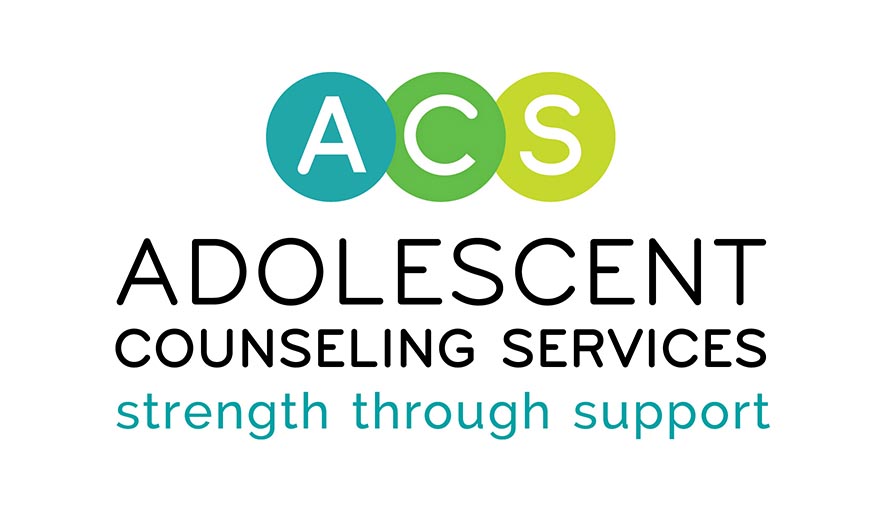
Body Image in Adolescence
Written By: Tucker Chopp, Clinical Intern at ACS, Outlet Program
for many young people,the teenage years become increasingly fraught with highly self-conscious thinking. It is typical for adolescents to become preoccupied with how they are perceived by others and how they fit into society. How teens present themselves physically often becomes a significant concern in their self-conscious thinking. Teens develop a body image that, for better or worse, affects how they think about themselves and relate to others.
“Body image” can be either positive or negative but these two are not necessarily mutually exclusive. Negative body image usually boils down to having negative or unrealistic thoughts and attitudes towards one’s body. However, positive body image usually involves acceptance of one’s body regardless of external beauty standards. Developing a positive body image entails acceptance, appreciation, and respect for one’s body in a holistic and balanced way. It also generally entails focusing more on the function of the body as opposed to its appearance and critiquing the beauty standards we are exposed to in the media and from other people.
Beauty standards can vary widely by culture. However, in the Western world and other parts of the world influenced by Western culture, beauty standards generally entail slim bodies with flawless skin and doll-like features for women and girls and strength and muscularity for men and boys. Research also suggests that gay, bisexual, and transgender boys often face more pronounced issues with negative body image and eating disorders and may be more likely to engage in practices to change their appearance (Regehr et al., 2020).
Significant effects on teenagers’ mental health and overall wellness can result from having a negative or positive body image. Negative body image is tied to higher rates of eating disorders, depression, low self-esteem, and issues with adequate nutrition in teens. Teens may go to great lengths to achieve their ideal body image, such as taking diet pills, laxatives, or anabolic steroids, pursuing cosmetic surgery, purchasing beauty products, or even just spending a significant portion of their time and energy on their appearance. In addition to generally fewer issues related to negative body image, positive body image tends to be associated with healthier lifestyle habits.
How to Help
What are some of the ways we as adults can support our youth in reducing negative body image and cultivating positive body image? A handful of key areas can be explored.
- Talk with your teens about the body standards they are exposed to and how important they seem. What do they think they have to look like in order to be considered attractive? And do they feel like they need to be considered attractive in order to be accepted, respected, or appreciated? Help your teens deconstruct those ideas of beauty and how important they are to your teens’ self-worth. Educate them on the typical changes of puberty. Emphasize the fact that feelings of awkwardness and self-consciousness are very common and that many of their peers, even the “popular” or “pretty” ones, likely struggle with their body image as well.
- Modeling positive body image is another key step. Even as teens, children look to their parents and other significant adult figures as guides and models. Do you engage in negative self-talk regarding your body or appearance? What lengths do you go to “correct” certain physical attributes you may perceive in yourself? Practicing acceptance and balanced thinking regarding your own body can leave a significant impact on teens as you model how adults respond to their bodies.
- Check in on teens’ consumption of media, including social media. We are constantly bombarded with idealized body images in all forms of media so it is important to consume media critically. Professional images in media are very frequently photoshopped. One magazine photo of a flawless model could have cost thousands of dollars and was likely constructed by a team of photographers, makeup artists, stylists, and lighting experts. Similarly, when teens see images of their peers on social media, those images only reveal what their peers want others to see. As parents and other important adults, it can be helpful to talk with your teens about the images they see in the media and the messages about their bodies that they have internalized. Education about the doctored reality that media images present can be useful in consuming media critically.
- View the body in terms of health. If your teen does have physical health issues, it may be most constructive to talk about desired physical changes based on health improvements as opposed to appearance. You can emphasize function and positive feeling within the body over aesthetics. For example, the goal for increasing physical activity might be to improve stamina, strength, and mental health instead of losing weight or appearing stronger. Again, modeling a positive body image is critical in this domain as well.
- Put value in domains other than physical appearance. How often do you praise your teen for their accomplishments and strengths as opposed to how they look? You can acknowledge a teenager’s kindness, patience, talent, generosity, or determination without mentioning how they look. Similarly, put role models in your teens’ lives that are exceptional because of their talents, accomplishments, sacrifice, or tenacity. Talk with your teen about what they value in other people and themselves and discuss what kind of person your teen wants to be in the world.
- Seek professional help as needed. If your teen’s body image issues are contributing to notable challenges with school, work, relationships, mental health, their feelings of safety, or other domains of functioning, it may be wise to seek support from a mental health professional or your child’s doctor.
Works Cited and Consulted
American Psychological Association. (2016, June 9). Research roundup: Body image, healthy behaviors and adolescent girls. PracticeUpdate. http://www.apaservices.org/practice/update/2016/06-09/body-image-girls
Mayo Clinic Staff. (2021, April 6). Healthy body image: Tips for guiding teens. Mayo Clinic. https://www.mayoclinic.org/healthy-lifestyle/tween-and-teen-health/in-depth/healthy-body-image/art-20044668.
Regehr, R. Y., Owens, R. L., Cox, D. W., Clayton, C. C. (2020). Piloting free to be: A positive body image program for adolescents. The Counseling Psychologist, 48(6), 774-800. https://doi.org/10.1177/0011000020922216
